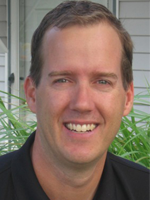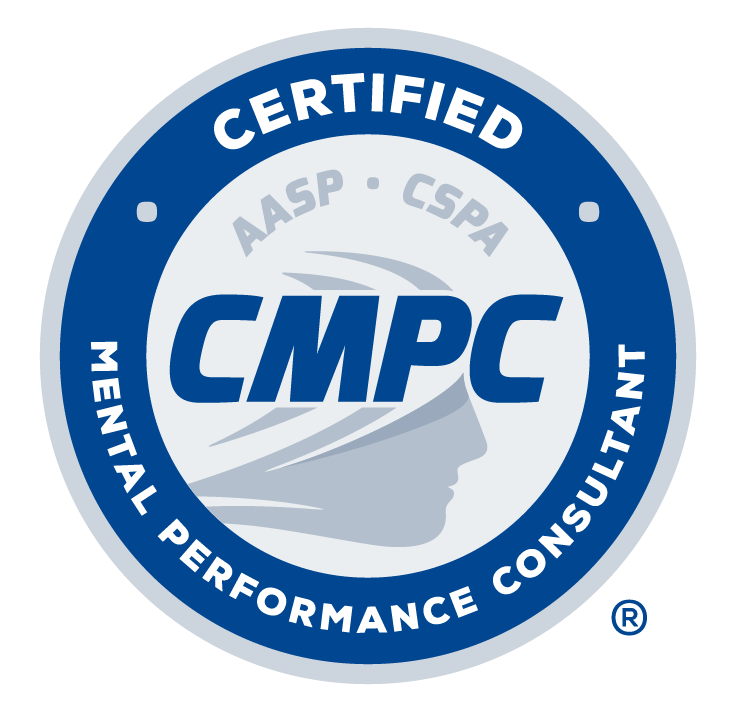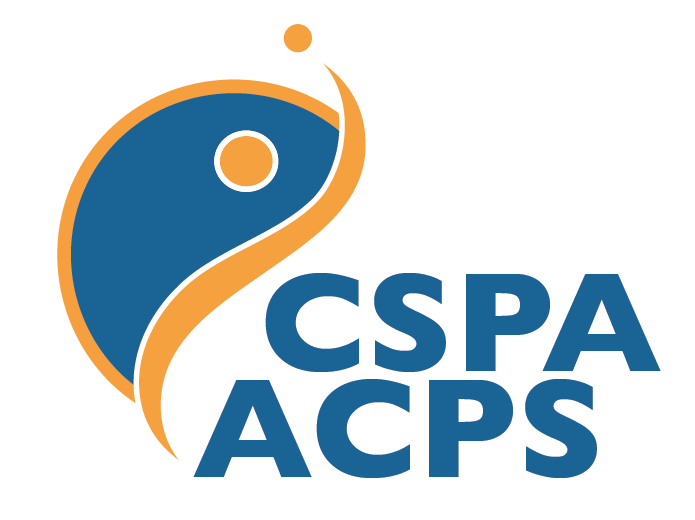Leadership Development: Nurturing a Robust and Thriving AASP
Adam H. Naylor, EdD, CMPC, Boston University
Lani Lawrence, PsyD, CMPC, University of Southern California, Los Angeles

 Sporting clubs around the globe have found great value in developing skills and knowledge in participants from the time they join the organization until excellence is achieved. In Major League Baseball, a strong and connected farm system lays a foundation for sustained success. Likewise, football clubs thrive when the First Team is supported by a thoughtful approach to player development and wise use of Reserve and Academy players. Similarly, AASP, as an ambitious and ever-growing organization, achieves its goals best when leadership is robust, diverse, and ready. The main objective of the newly formed Nominations and Leadership Development committee (N&LDC) is to facilitate a system for developing engaged and future leaders of AASP. Much like a sporting club scouts talent (coaches, players) and promotes players to the big leagues, the N&LDC seeks participation from leaders and mentors to serve AASP, and guides members to occupy challenging leadership roles.
Sporting clubs around the globe have found great value in developing skills and knowledge in participants from the time they join the organization until excellence is achieved. In Major League Baseball, a strong and connected farm system lays a foundation for sustained success. Likewise, football clubs thrive when the First Team is supported by a thoughtful approach to player development and wise use of Reserve and Academy players. Similarly, AASP, as an ambitious and ever-growing organization, achieves its goals best when leadership is robust, diverse, and ready. The main objective of the newly formed Nominations and Leadership Development committee (N&LDC) is to facilitate a system for developing engaged and future leaders of AASP. Much like a sporting club scouts talent (coaches, players) and promotes players to the big leagues, the N&LDC seeks participation from leaders and mentors to serve AASP, and guides members to occupy challenging leadership roles.
Paths to impactful participation in an organization such as AASP were well highlighted in Paul Wylleman’s 2017 Distinguished International Scholar lecture (Wylleman, 2017). As one’s career in sport psychology progresses, there comes a time when it is reasonable to invest oneself in “managerial” roles within professional and scientific organizations. In sport psychology, after strong competency in practice or scientific maturity is achieved, there is readiness for the challenge of leading the field towards greater heights. This proves to be both personally fulfilling and benefits the field at large. This said, selecting roles to embrace can be daunting and once in them, roles can be ambiguous. Considering this, the N&LDC works within AASP to allow current and future leaders to flourish.
Most simply stated, this committee seeks to:
- Invite new and diverse voices into AASP service and leadership
- Assist in mentoring leaders and developing best practices
- Create opportunities for current committee and group leaders to find new service challenges within AASP
A purposeful approach to leadership development is important to any significant organization. The importance of this is well stated by Leskiw and Singh (2007, p. 445): “It is evident that organizations with a passion for growing the right leaders, appropriate organizational structures and culture, and a strategic plan to implement leadership programs will be better prepared for future challenges.” Passion for leadership development is natural in an organization such as AASP with many members committed to helping coaches and educators thrive. Positions of leadership abound throughout the organization and now there is an opportunity to enhance a culture of mentorship and learning about the unique leadership demands of a scientist-practitioner organization. Together, members of AASP are able to put into place learning systems that allow for leader support, growth, and flourishing. These efforts will better prepare AASP to face both future challenges and opportunities presented to the organization.
On the surface, the field of sport psychology and its applied practice may seem simple – combine expertise in psychology and kinesiology to help people thrive. Yet this harkens the saying, “All tip and no iceberg,” with the reality that the efforts of an organization such as AASP in supporting members towards achieving expertise and professional goals is multi-layered and rife with nuance. Effective leadership is what hides beneath the surface, or in most cases, behind the scenes. Presidential addresses and committee reports are small snippets of organizational activities that reflect leadership. A growing and dynamic organization such as AASP requires individuals to embrace and succeed in playing impactful roles on a variety of committees. Beyond encouraging such service, an organizational responsibility is to provide opportunities for continued engagement and growth into more challenging roles.
A good starting point for developing a strong leadership pipeline that all can consider is “mentorship.” Mentoring encompasses developing supportive relationships where information regarding organizational processes and effective political skills are shared. For example, AASP committee chairs consider themselves not only managers of groups, but also models and teachers for future leaders. When they adopt this mindset, mentee leadership efficacy beliefs increase and lead to positive future leadership behaviors (Lester, Hannah, Harms, Vogelgesang, & Avolio, 2011). Furthermore, it is not only mentees that benefit from a mentoring relationship, but also the mentors themselves. Serving in a mentor role nurtures the psycho-social aspects of one’s leadership skillset, ultimately leading to greater successes in important organizational positions (Middlebrooks & Haberkorn, 2009). Considering these findings, there appears to be clear short-term and long-term benefit to those serving in AASP to embrace a “mentorship mindset.” It will not only be rewarding to individuals, but also lead to a sustainable, confident leadership for years to come.
Considering all of these points, the Nominations and Leadership Development Committee is excited to work with our committees and chairs towards supporting future leaders and embracing the diversity of AASP. Short term, remember that nominations are due for the next wave of Executive Board members on March 1. For these positions and others within the organization, members who are interested in finding meaningful ways to serve the organization and make a difference are invited to reach out directly to the N&LDC committee members: Adam Naylor, Chair, Angel Brutus, Ale Quartiroli, Judy Van Raalte, Mustafa Sarkar, Dolores Christensen, and Ian Connole. The journey from interested membership to organizational leadership is a path that this committee strives to support and make accessible. AASP is a growing organization with ambitious goals. To find championship level successes, it is necessary for AASP to develop and encourage skilled organizational leaders ready to serve the dynamic field of sport psychology.
References
Leskiw, S., & Singh, P. (2007). Leadership development: Learning from best practices. Leadership and Organization Development Journal, 28(5), 444-464.
Lester, P. B., Hannah, S. T., Harms, P. D., Vogelgesang, G. R., & Avolio, B. J. (2011). Mentoring impact on leader development: A field experiment. Academy of Management Learning & Education, 10(3), 409-429.
Middlebrooks, A. E., & Haberkorn, J. T. (2009). Implicit leader development: The mentor role as prefatory leadership context. Journal of Leadership Studies, 2(4), 7-22.
Wylleman, P. (2017, October). Distinguished international scholar presentation: A holistic perspective on the “Scientist-Teacher-Practitioner-Manager” Role in Sport Psychology. Association of Applied Sport Psychology 32nd Annual Conference, Orlando, FL.



